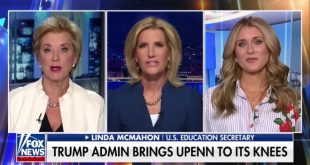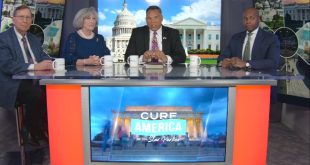The U.S. Census Bureau reported in June that homeschooling among black Americans had increased the most since spring 2020. (See previous post Black Families See Largest Increase…) According to the survey, the rate of homeschooling overall had doubled from spring 2020 to fall 2020. The first week of May saw homeschooling at the rate of 5.4 percent, and that number increased to 11.1 percent by fall.
Joyce Burges, co-founder and program director of National Black Home Educators, said membership increased during the pandemic from 5,000 to over 35,000. One homeschooling black parent called the COVID-19 pandemic “a blessing” that allowed her and her husband to “take ownership of our children’s education.”
A non-profit organization called the Bellwether Education Partners (hat tip: Christian Headlines) recently released a report (PDF) about “overlooked” children and their families who didn’t get what they needed over the last 18 months:
Families’ initial optimism about how schools would adapt to the pandemic declined as they witnessed its negative effects on students’ growth and development. Estimates vary, but some researchers have suggested that the pandemic’s negative impact on student learning may be two to four times larger than what students in New Orleans felt in the aftermath of Hurricane Katrina.
Millions of families are concerned that the schools they trusted their children with pre-pandemic will not be able to meet their needs moving forward. Some have been able to move their kids to a different school, some avoided or delayed schooling entirely, and others are frustrated with the lack of options for their kids. All of these families share a common problem: Their children’s needs are being overlooked and they are being underserved.
The study counts 10.8 million students as “overlooked” for various reasons, including those who changed schools (“Movers”) between the 2019-20 and 2020-21 school years outside of normal grade-level progressions and those who didn’t enroll in any formal schooling (“Missed”) during the 2020-21 school year. Parental frustration over current schooling and lack of access to viable alternates (“Muted”) also account for these numbers.
Schooling has changed for many of these students and families over the last 18 months. Remote learning worked for some and not others. Parents are worried about what their children missed and whether schools can give them what they need now that they’ve returned to school.
Among the “Movers” who turned to homeschooling or other small-scale alternatives were black families. Fifty-one percent said they’re “interested in forming or joining learning pods.”
The report concludes that schools need to adapt “to meet the new and broader range of options families want following the disruption of the pandemic.”
Is that likely to happen in the government school system?
 Black Community News News and Commentary for Christians
Black Community News News and Commentary for Christians



